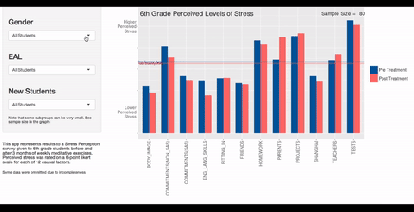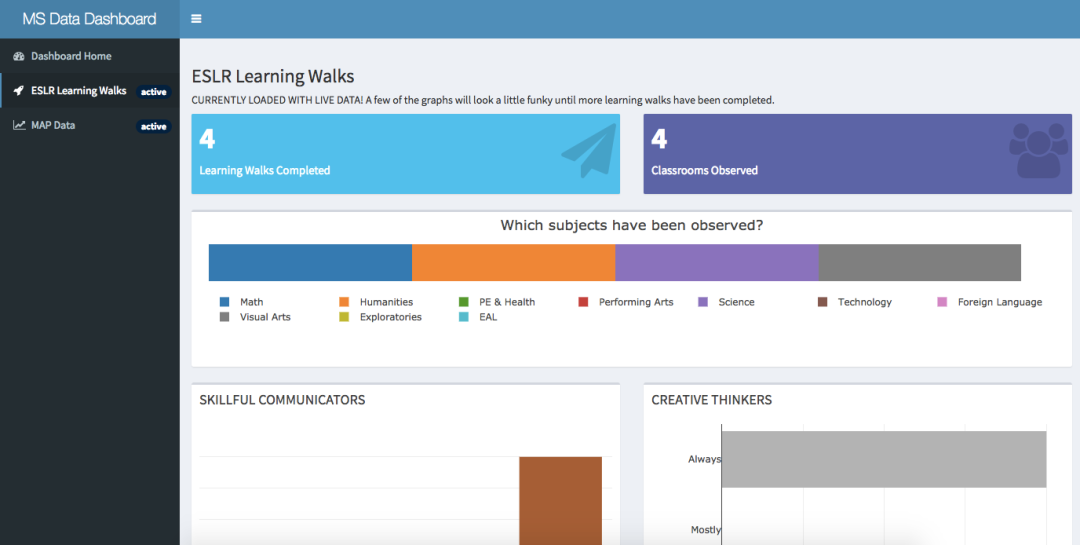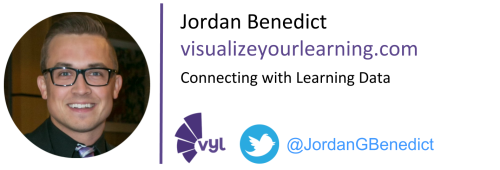The large majority of data collated and analyzed by schools and districts is reactive. We’re looking at summative assessments after the unit, we’re looking at standardized results at the end of the year. Naturally, reactive protocols cause reactions in teachers and administrators.
So the obvious switch is to Proactive data. Looking at pretests, diagnostics, early year assessments to try and predict results. But this leads to a similar problem – we predict results through diagnostics and demographics, then again we get reactive at the end when we see the summative results (and talk about how well it matched our predictions).
This is again a post where I say we are doing it wrong. While pre and post data are an essential component of a school’s improvement plan, I believe we should minimize them as they lack power and agility.
I propose we move to INTERACTIVE data. Data that we watch as they change; that we share with students, parents, teachers, and communities; data that give us the opportunity to change our direction rather than wait for the conclusion. As usual, our students are at the heart of the solutions.
Here are some examples:

In one class, a teacher has students self-assess on learning behaviors mid-unit. The class data is then projected on the screen and students brainstorm together ways to improve learning behaviors.

In a previous experiment I conducted with a counselor, students filled out a stress survey, then were given the graphs to play with them – again coming up with solutions and sharing ideas with their peers.
And some of my latest work, teachers picked 5 focus questions that they wanted to measure themselves against, around such topics such as collaboration and student directed learning. These focus questions then became the focus of learning walks. We created a live data dashboard that sees the results of walks as they take place. Teachers are entering answers to brief multiple choice questions on their phones and we can see the learning taking place live!

Each of these examples allows students and teachers to have awareness and make choices to improve, or celebrate successes. Think of this as formative assessment for pedagogy.

Disclaimer: The data and graphics used on this site are simulated re-creations intended to protect the privacy of the original data sources.

